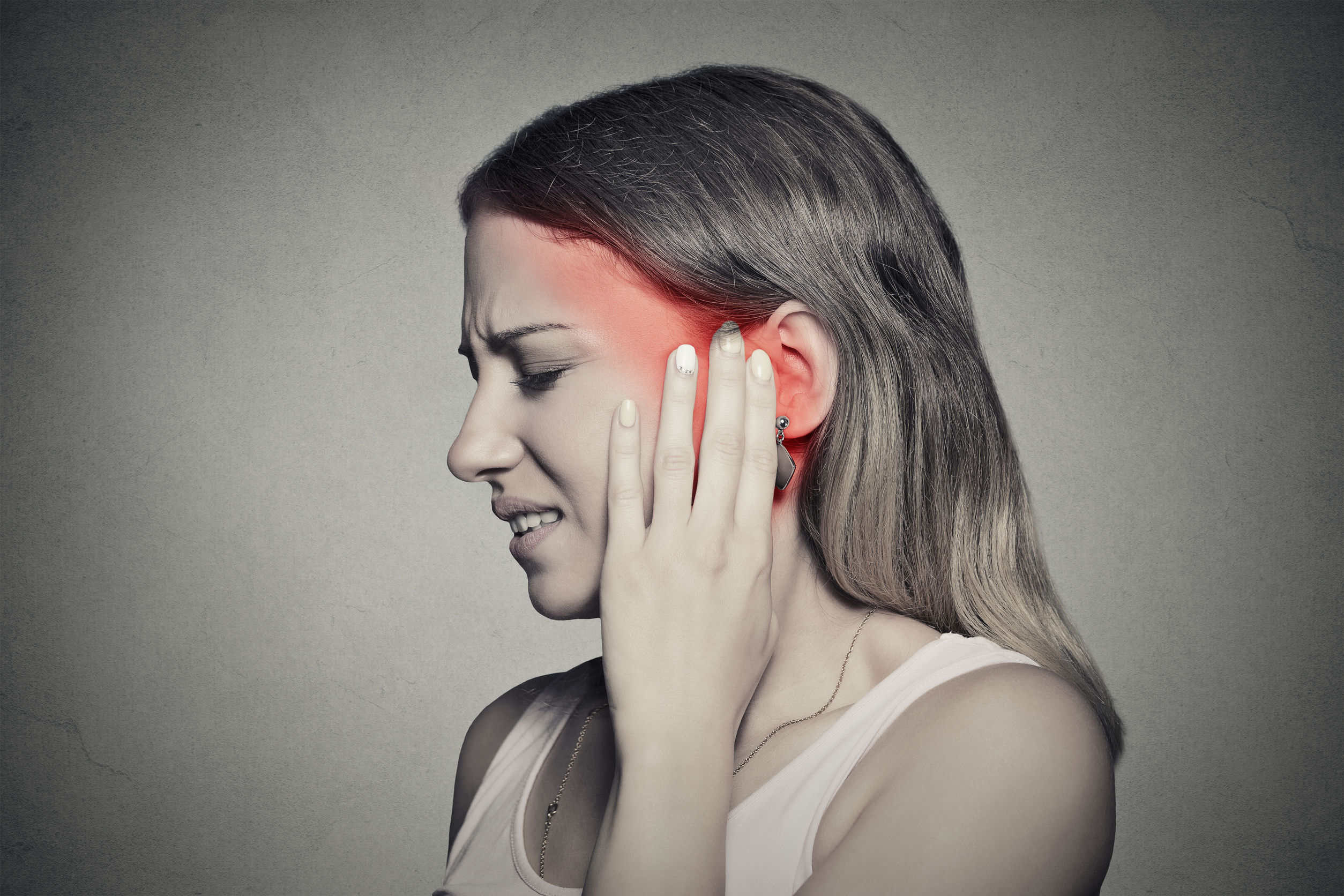
Trigeminal neuralgia is a chronic neuropathic pain condition on one
side of the
face
presenting in paroxysm along the distribution of trigeminal nerve which is a nerve carrying
sensations
from brain to face.Trigeminal nerve is the 5 th cranial nerve and is the largest of all the cranial
nerves which comes out of the brain and divides into three branches- Opthalmic branch(V1), Maxillary
branch (V2), Mandibular branch(V3).Paroxysmal attacks of pain lasting from a fraction of a second to
two
minutes that affect one or more division of face
V1 Nerve involvement- Forehead and eye are painful
V2 Nerve involvement- Pain in cheek ,upper lip
V3 Nerve involvement- Pain in ear, side of face, teeth, jaws lower lip and mandible
Pain has at least one of the following characteristics-
sharp, superficial, or stabbing, burning pain or some abnormal sensations like crawling of worms.
Typical attack comes in paroxysm of 2-4 minutes lasting for 2-20 seconds.
Trigeminal neuralgia pain is usually accompanied with the following signs and symptoms:
Trigeminal neuralgia is a condition characterized by severe facial pain that is often triggered by everyday activities and is caused by irritation or damage to the trigeminal nerve, one of the cranial nerves responsible for sensation in the face
Medial management-
PANAX is one of the first multidisciplinary pain management center offering comprehensive non surgical pain management services.
All our Treatment are:
Clinical diagnosis– usually the pain is unilateral , bilateral only in cases of multiple sclerosis, comes in paroxysm
MRI Brain in Feista View– May show compression of trigeminal nerve by aberrant vessel or tumour.
Sometimes no compression of the trigeminal may be seen.
additional tests, such as a nerve conduction study or lumbar puncture, to gather more information about the nervous system.